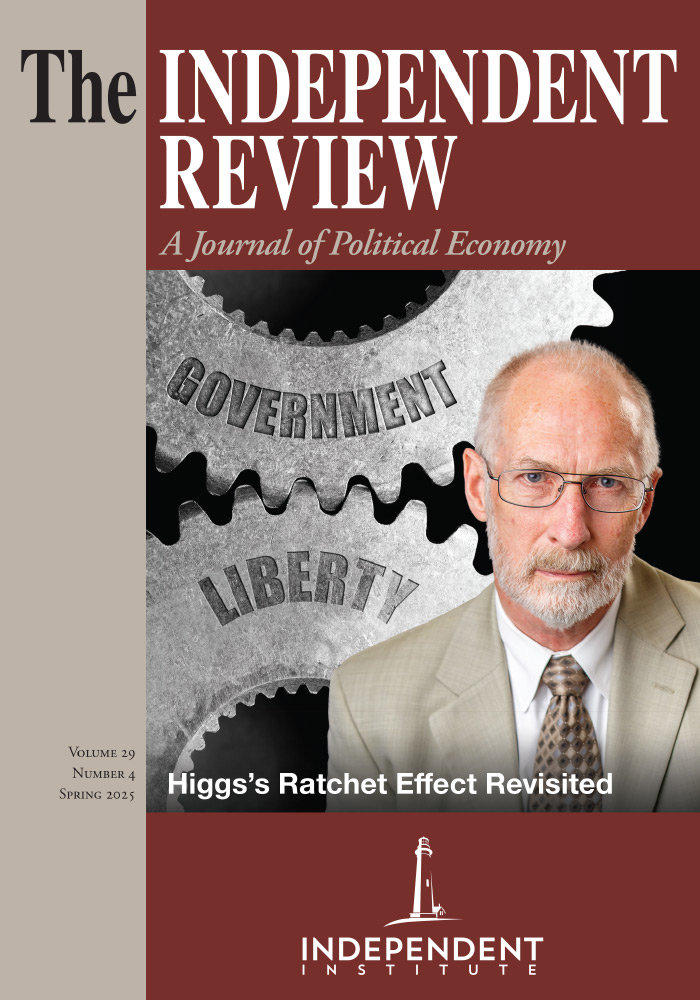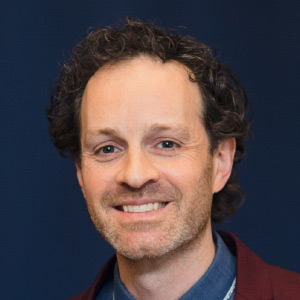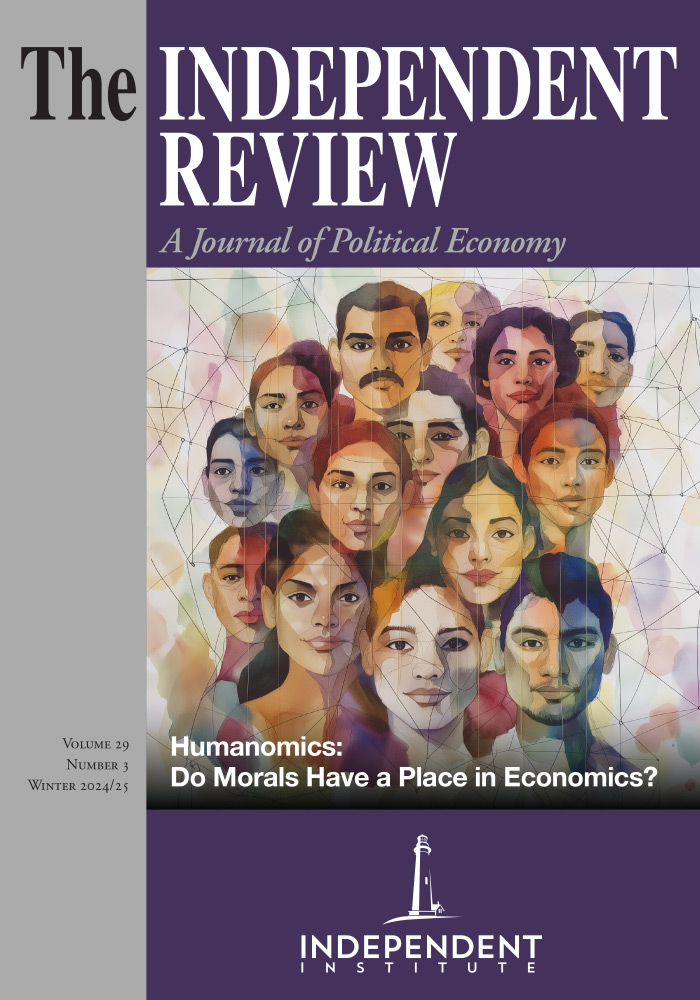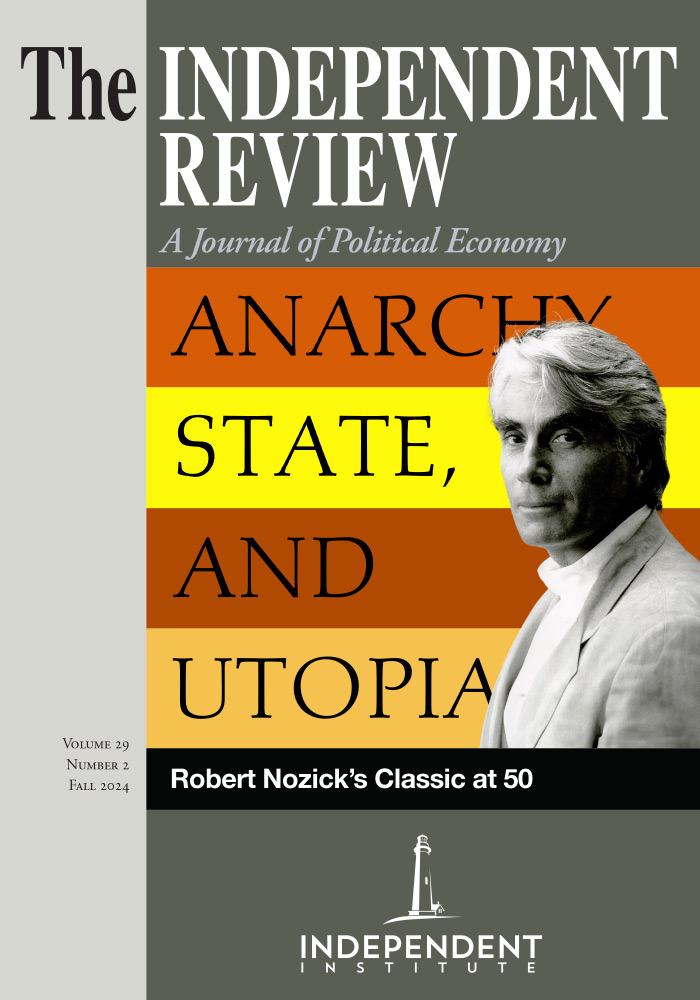We apply Robert Higgs’ ratchet effect model to explain the adoption, accumulation, and drawdown of nuclear weapons arsenals in the United States. We analyze how the two separate, but intertwined, crises of World War II and the Cold War led to the development and proliferation of nuclear weapons and the subsequent diminution of nuclear stockpiles. We explore the nonuse of nuclear weapons following WWII, highlighting the importance of ideology as a constraint on government.
This full text of this article will be available on this page nine months after its initial print publication. To read it now, please buy this issue in print or downloadable eBook & PDF format, or in the Independent Review app on iOS or Android, or on Magzter which offers digital access on smartphones, tablets, and web browsers.
Christopher J. Coyne is a Senior Fellow at the Independent Institute, Professor of Economics at George Mason University, and Co-Editor of The Independent Review.
Abigail R. Hall is a Senior Fellow at the Independent Institute, and an Associate Professor of Economics at the University of Tampa.
| Other Independent Review articles by Christopher J. Coyne | ||
| Spring 2024 | Murray Rothbard on War and Foreign Policy | |
| Fall 2023 | Kenneth Boulding: Knowledge, Conflict, and Power | |
| Summer 2023 | A Symposium on Gene Sharp’s The Politics of Nonviolent Action | |
| [View All (47)] | ||
| Other Independent Review articles by Abigail R. Hall | ||
| Spring 2025 | Extensions and Expansions of the Ratchet Effect: An Introduction to the Symposium | |
| Spring 2023 | How to Run Wars: A Confidential Playbook for the National Security Elite | |
| Fall 2021 | Militarized Extremism: The Radical Right and the War on Terror | |
| [View All (11)] | ||











